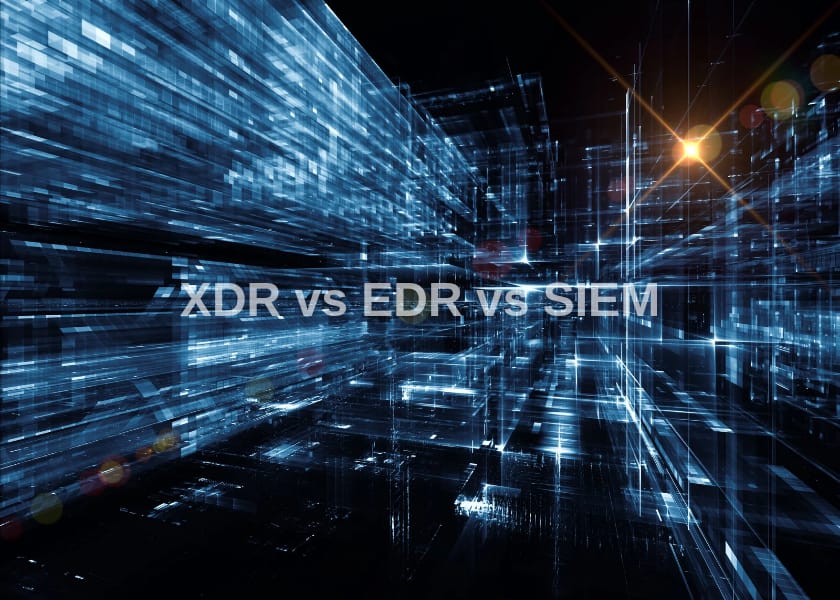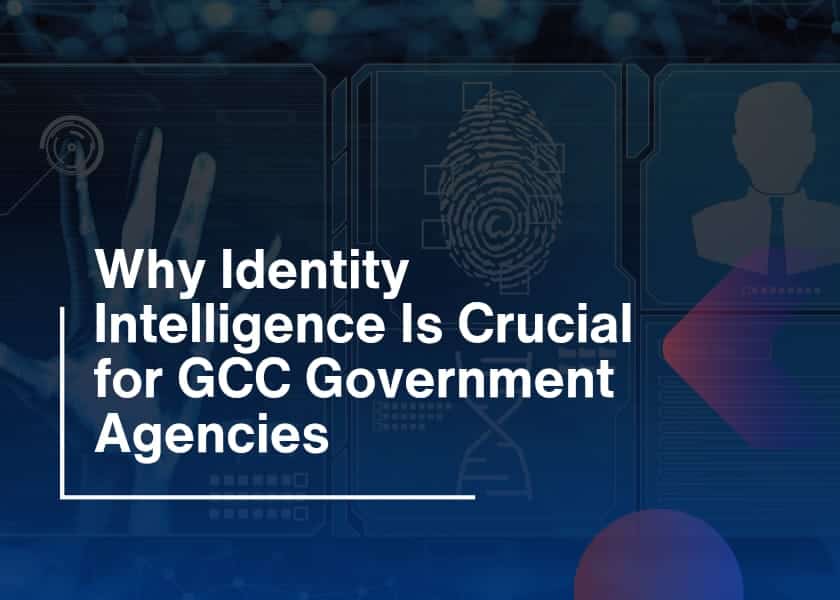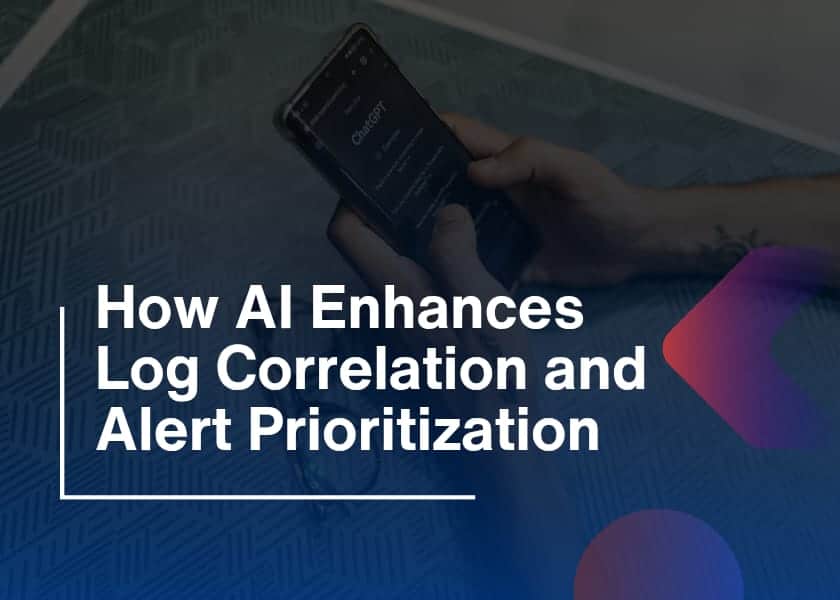Have you ever wondered which cybersecurity solution would best protect your organization from increasingly sophisticated cyber threats? With so many options available today, it can be overwhelming to decide which one to choose. Is it XDR vs EDR vs SIEM? Each has its strengths, but which one fits your specific needs? In this blog, we’ll compare these three security solutions, helping you make the right choice for your organization’s cybersecurity strategy.
Understanding XDR, EDR, and SIEM
But before getting into the nitty-gritty of the XDR vs EDR vs SIEM debate, it is important to first comprehend what each of these acronyms means and how the said solutions operate.
What is EDR (Endpoint Detection and Response)?
EDR is a security technology centered around the monitoring, detection, and response of threat activity. It targets endpoint devices such as laptops, desktops, servers, and mobile devices. EDR tools allow constant monitoring of endpoints and include the possibility of detecting suspicious activity in real-time. These tools provide an automated response to threats and advanced forensic examination. The main objective of EDR is to allow a closer examination of the activities occurring at the endpoint level. Additionally, make sure that threats are identified and stopped before they manage to expand to other areas of the network.
What is XDR (Extended Detection and Response)?
Extended Detection and Response (XDR) represents an even more sophisticated form of EDR that is more integrated. It is not merely an endpoint protection but a wider perspective of an organization. It works at the level of the IT environment, covering servers, network devices, cloud services, etc. The main distinction of XDR is the capacity to correlate the data between several security levels. This supposedly allows it to identify, analyze, and react to sophisticated, multi-stage attacks more effectively.
Instead of being endpoint-limited like EDR, XDR collects endpoint data, network traffic, email, and other security tool data into one centralized place. That whole system approach offers a more comprehensive security posture, with improved threat detection.
SIEM ( Security Information and Event Management )?
Security Information and Event Management (SIEM) is a very wide security approach. It centres on the gathering, examination, and supervision of log data from diverse sources in an organization. SIEM systems are built to assist security teams in identifying, investigating, and responding to possible threats in real-time by correlating logs and security events across various devices and applications.
Though SIEM solutions offer excellent visibility into the security infrastructure of an organization and offer potent log management tools, they frequently do not match the threat detection and response capabilities of solutions such as EDR and XDR.
Key Differences XDR vs EDR vs SIEM
Cybersecurity teams use EDR, XDR, and SIEM, but these three solutions differ in key ways. You need to contrast their capacities to come to a conclusion on which solution will fit your organization the most.
Coverage of Protection
The range of protection that each of the solutions offers is also one of the most significant distinctions between XDR vs EDR vs SIEM.
- EDR: It mainly focuses on endpoints, such as computers, laptops, and mobile devices. It also makes sure that devices, which are the easiest points of entry for cyber threats, are secure. In case preventing malware and other malicious attacks on endpoints is the main concern of your organization, EDR could be the tool you require.
- XDR: In addition to endpoints, it ought to include other elements of the IT landscape. It includes servers, networks, email, and cloud services. XDR ties data together in all these areas to provide security teams with a bigger picture of possible threats. It is particularly helpful when it comes to securing multi-layered and multi-dimensional infrastructures.
- SIEM: Provides an overview of the whole security setup of an organization, collecting logs and event data from multiple sources. SIEM tools emphasize more on compliance reporting and monitoring of network traffic as opposed to proactively preventing threats. They may be enabled along with EDR or XDR to see a wider picture of security incidents.
Response Capabilities
- EDR: Offers automated response capabilities, allowing organizations to respond quickly to threats at the endpoint level. When a threat is detected, EDR systems can isolate the affected endpoint, block malicious processes, or roll back malicious changes. However, EDR tools may not always have the capability to respond to threats that span across multiple systems.
- XDR: Provides automated response capabilities that extend beyond endpoints to include the entire IT infrastructure. XDR systems can block threats, isolate infected systems, and remediate security issues across the network, email, and cloud services. This makes XDR a more robust option for organizations looking for a unified response to multi-faceted threats.
- SIEM: Typically lacks automated response features. SIEM solutions provide alerts and detailed logs, but security teams often investigate and respond to incidents manually. SIEM solutions are excellent for providing detailed insights, but they rely on integration with other tools like EDR or XDR for effective response and remediation.
Integration and Usability
- EDR: It typically integrates well with other security tools, but it focuses only on endpoint protection.EDR solutions often provide user-friendly dashboards and reporting, making it easier for security teams to monitor and manage endpoints effectively.
- XDR: Offers better integration across multiple security layers, providing a unified view of threats. However, this can make XDR solutions more complex to manage, as they require broader knowledge of different areas of security, such as networking and cloud infrastructure.
- SIEM: Can integrate with a wide range of security tools, including EDR and XDR, to provide a centralized monitoring and reporting system. While SIEM solutions can be complex to set up and manage, they offer great flexibility in aggregating data from different sources.

Which Solution is Right for You?
Now that we’ve explored the differences between XDR, EDR, and SIEM, the next question is: which solution is right for your organization? The answer largely depends on your specific needs, the complexity of your IT environment, and your security objectives.
If You Need Endpoint Protection
For organizations focused on protecting endpoint devices from malware, ransomware, and other types of attacks, EDR is likely the best choice. It provides real-time threat detection, automated responses, and detailed insights into endpoint activity. EDR solutions are particularly useful for smaller organizations or businesses with a limited IT infrastructure that need to protect their devices without managing an overly complex system.
If You Have a Complex IT Environment
For larger organizations with a complex network of endpoints, servers, cloud services, and email systems, XDR offers a more comprehensive solution. By correlating data across multiple security layers, XDR enables security teams to detect sophisticated, multi-stage attacks that would be difficult to identify using EDR alone. If your organization is looking for a unified approach to threat detection and response, XDR is the superior option.
If You Need Log Management and Compliance
For organizations that need to meet regulatory compliance requirements and want to aggregate logs from multiple sources, SIEM is an excellent choice. While SIEM lacks the proactive threat detection and automated response features of EDR and XDR, it excels at providing a centralized view of security events and helping security teams monitor and investigate threats. SIEM is particularly valuable for organizations that need to maintain detailed logs for compliance and audit purposes.
Conclusion
In the ongoing debate of XDR vs EDR vs SIEM, each solution brings distinct advantages to the table. EDR excels at endpoint-level protection, XDR offers a more holistic approach to detecting and responding to threats across the entire IT infrastructure, and SIEM provides valuable log management and compliance features.
Ultimately, the choice depends on your organization’s unique security needs and goals. Choose EDR if you mainly focus on endpoint security. If you manage a complex IT environment and need unified threat detection, go with XDR. And for those needing to monitor logs and comply with regulations, SIEM remains a crucial tool.
Regardless of the solution you choose, it’s essential to consider the ongoing evolution of cybersecurity threats. As threats become more sophisticated, integrating XDR, EDR, and SIEM in a multi-layered security strategy could be the key to maintaining a robust defense.





